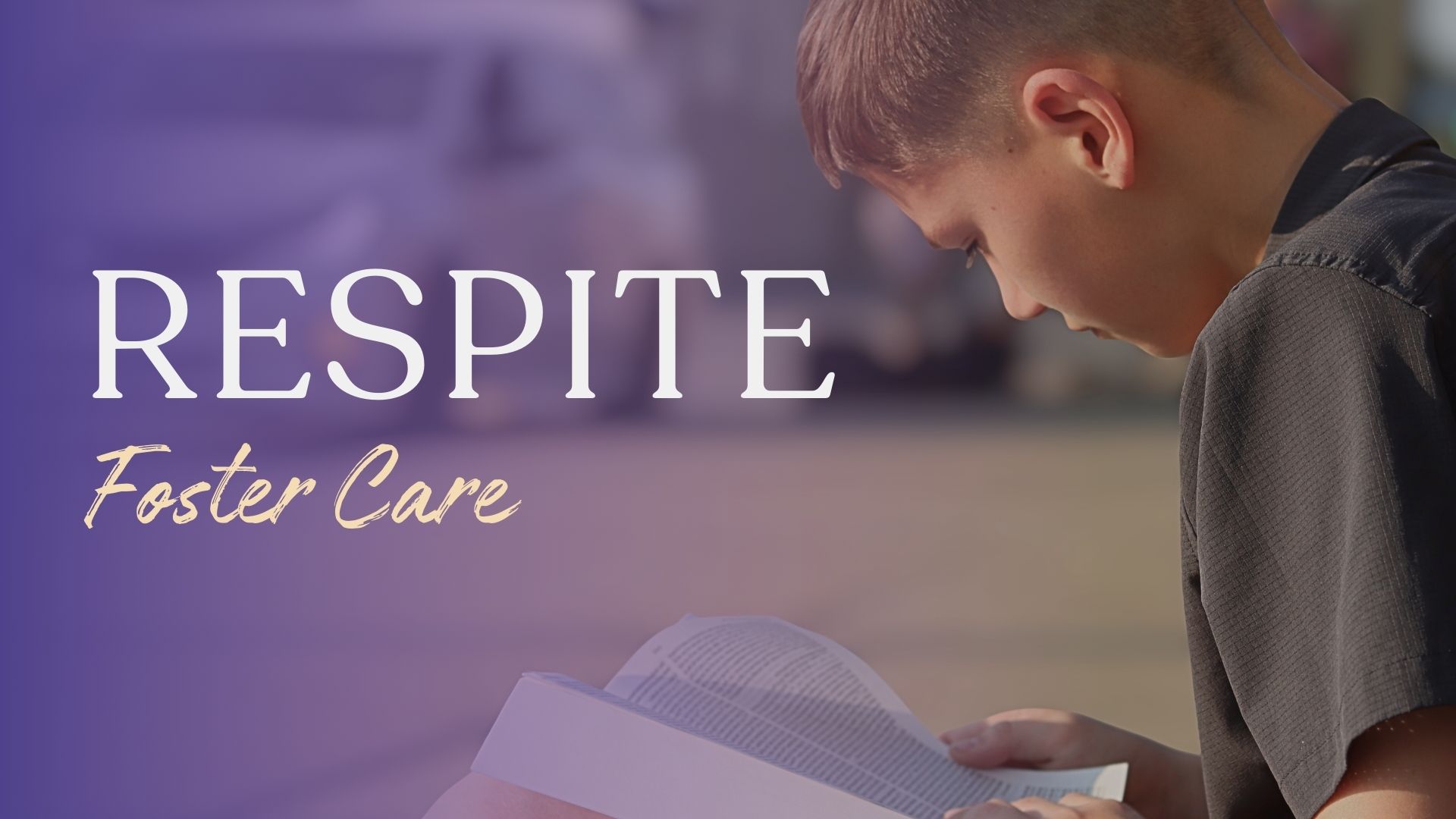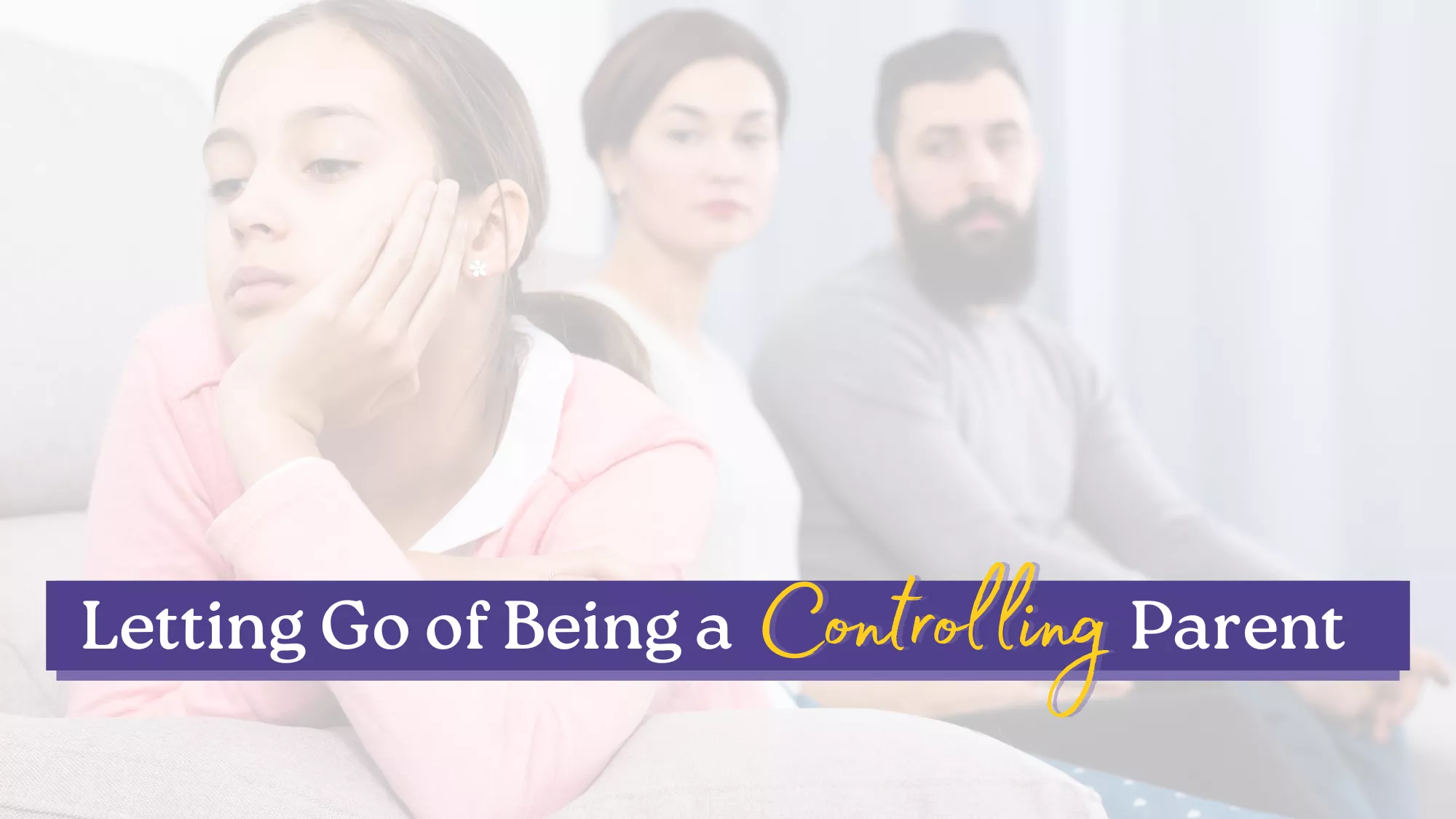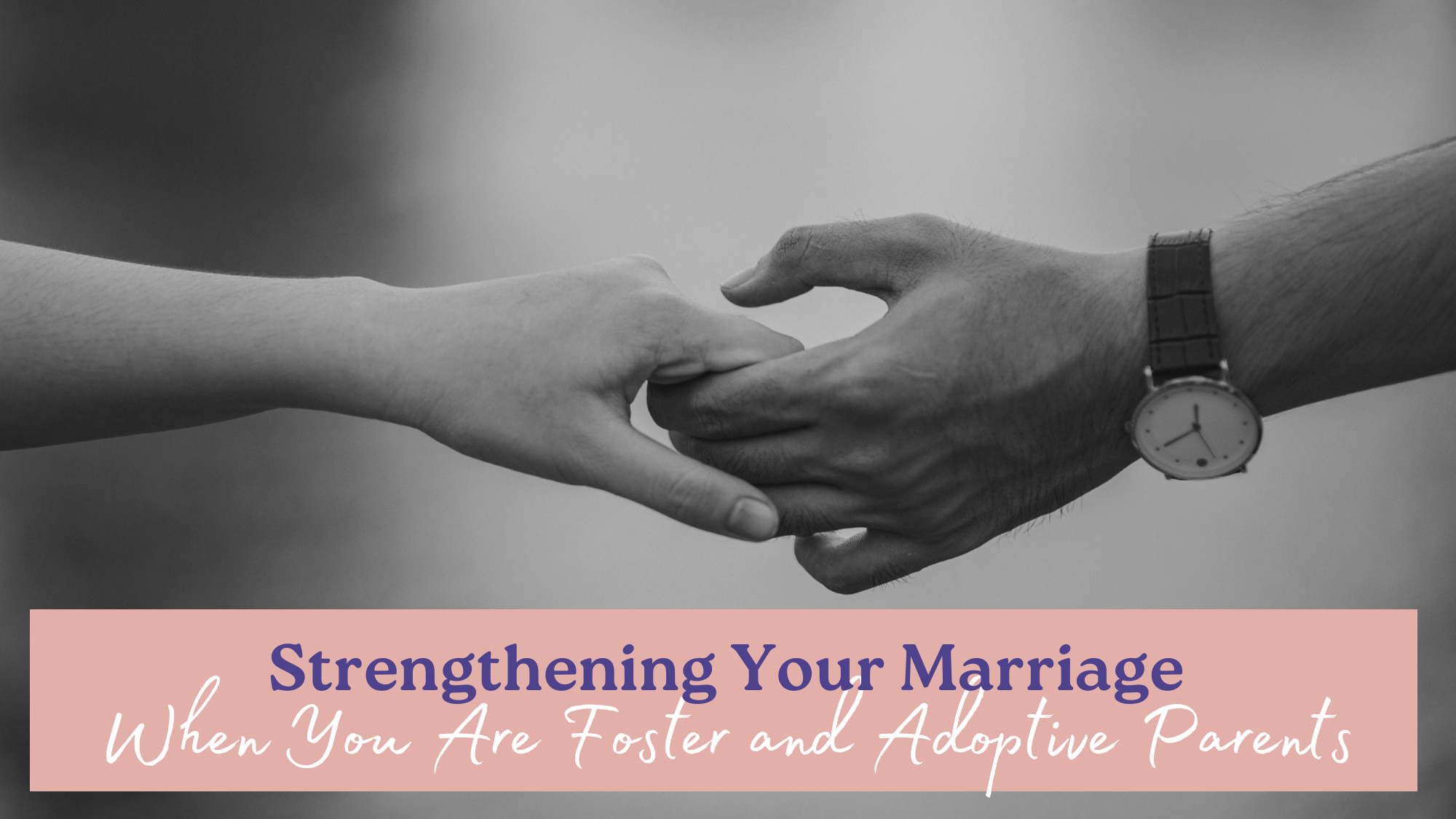One Friday evening, a foster family dropped off their eight-year-old boy at a nearby home for the weekend. His foster parents had a family emergency and needed just a couple of days to regroup, recharge and breathe. The boy wasn’t in trouble, and he wasn’t being “given up.” But even so, his eyes held questions. Would he be safe? Would these people be kind? Would anyone remember how he liked his sandwiches cut?
By Sunday afternoon, he had built a pillow fort with the family’s kids, giggled through a game of Uno and told his respite foster caregiver she made “the best peanut butter and jelly sandwiches in the world.” When his foster parents picked him up, they were visibly lighter. And the boy? He felt cared for.
This is the kind of restoration respite foster care can make. But imagine how much more comforting that care becomes when the respite caregiver is not just a kind stranger, but a familiar face from church.
What Is Respite Foster Care?
Respite foster care is temporary, short-term care provided to children in foster care so that their full-time foster parents can take a planned break. This break might be a few hours, a weekend, or a couple of days. Whether it’s to attend a wedding, manage a medical emergency, or simply catch up on rest, respite foster care provides the time foster parents need while ensuring that the children continue to receive the consistent love and care they deserve.
Respite foster caregivers are trained, background-checked, and licensed through their state or a local child welfare agency. They aren’t fill-ins, but a crucial part of the foster care support system.
Why Does It Matters for Foster Families
Foster parents carry an enormous emotional weight. The needs are great, the stories are hard, and the days can be long. Without support, many of these foster families experience burnout and stress. Sometimes there can even be instances of placement disruptions where a child must be moved to another home, often unexpectedly. This kind of instability can be deeply wounding for children who have already endured loss and trauma.
“It is important to remember that an increase or decrease in the number of children entering foster care should not be our measure of success,” NCFA President and CEO Ryan Hanlon said. “Rather, our goal should be to reduce child maltreatment rates, reduce time spent outside permanent family care, and reduce timeframes and numbers of children awaiting adoption.”
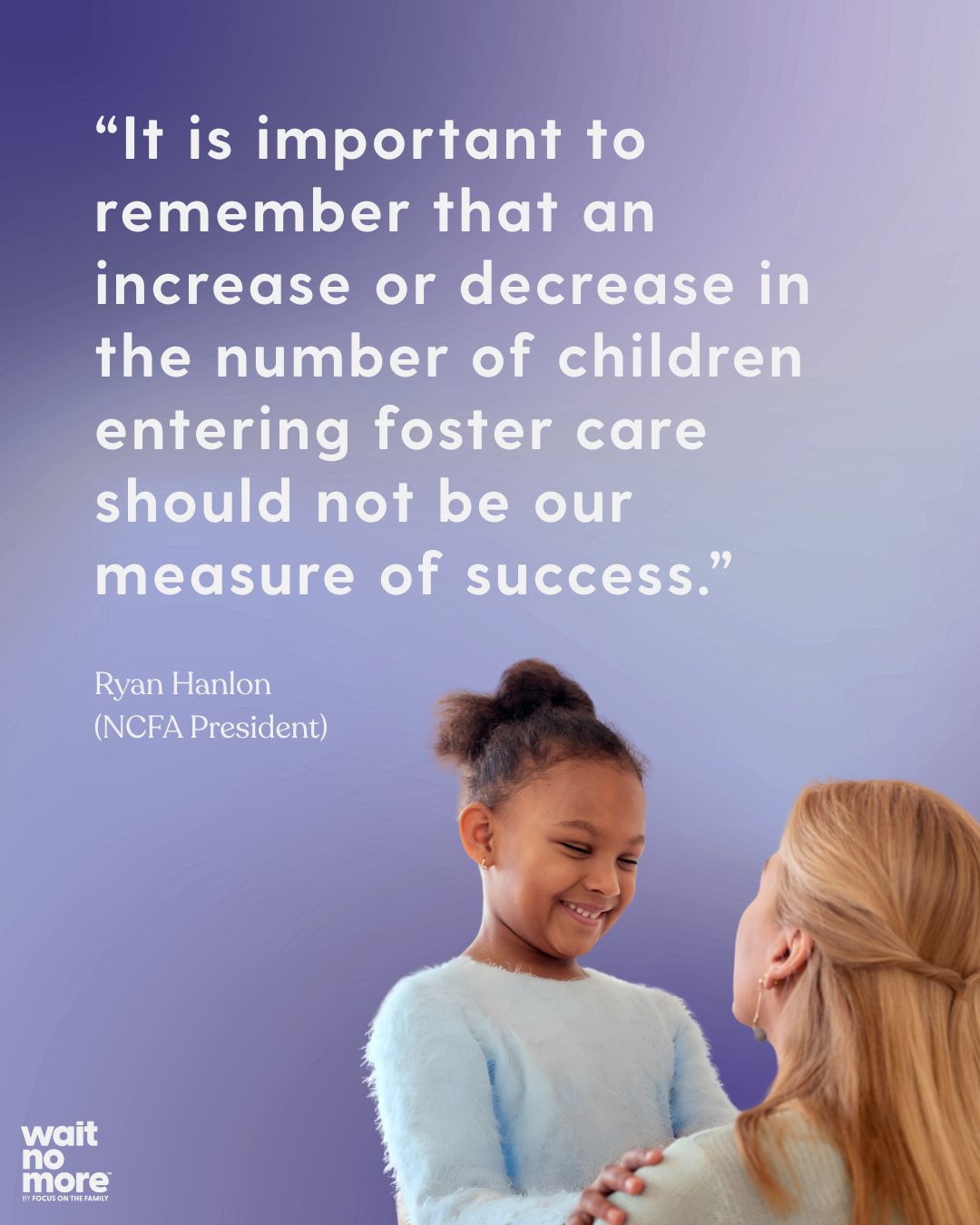
Respite foster care plays a vital role in that mission. A national review by the Assistant Secretary for Planning and Evaluation (ASPE) shows that 20 to 25 percent of foster homes close each year. One of most effective ways to reduce this? Access to trusted respite care. Research published in the Journal of Child Welfare shows that kinship, foster, and adoptive families who received respite foster care reported lower stress, a greater sense of well-being, and stronger intentions to continue fostering.
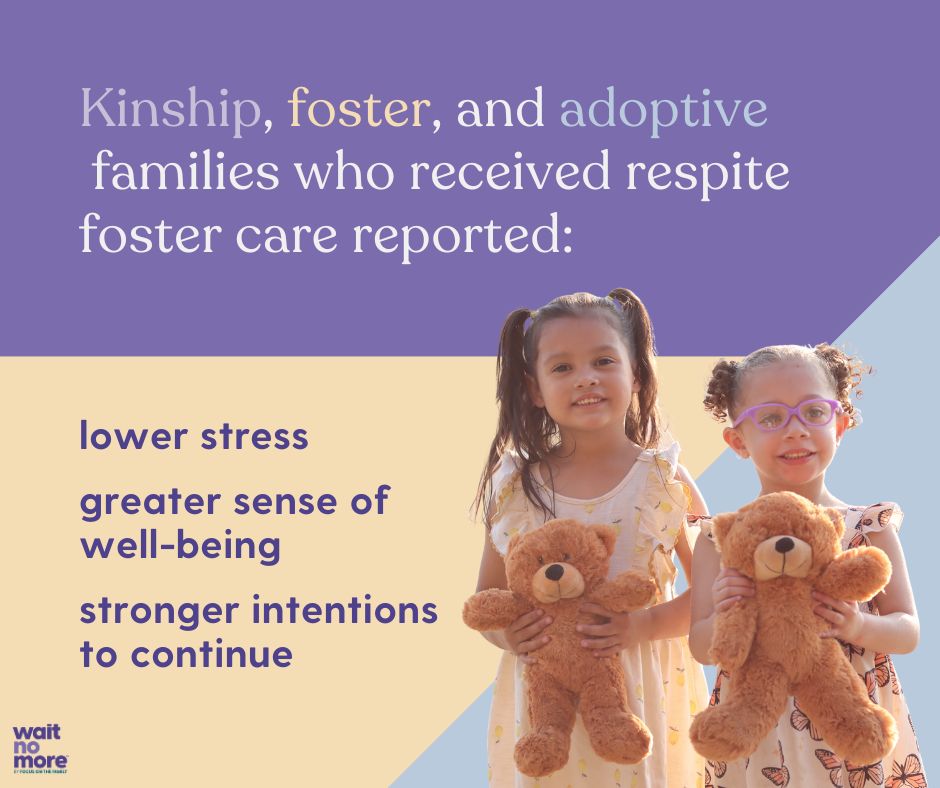
How the Church Can Provide Support
The Church is uniquely positioned to help. Churches already offer what children and families need most. For a child, staying with someone they’ve seen in Sunday school or sitting a few pews away can ease the fear of being in a new place. For foster parents, it’s reassuring to know their child is with someone they already know and trust.
In fact, 82% of foster parents say faith or church support is a key factor in their ability to continue. According to the Sutherland Institute, foster families recruited through churches stay active 2.6 years longer than those who come through other avenues. That kind of longevity transforms lives, especially in the lives of children who need consistency most.
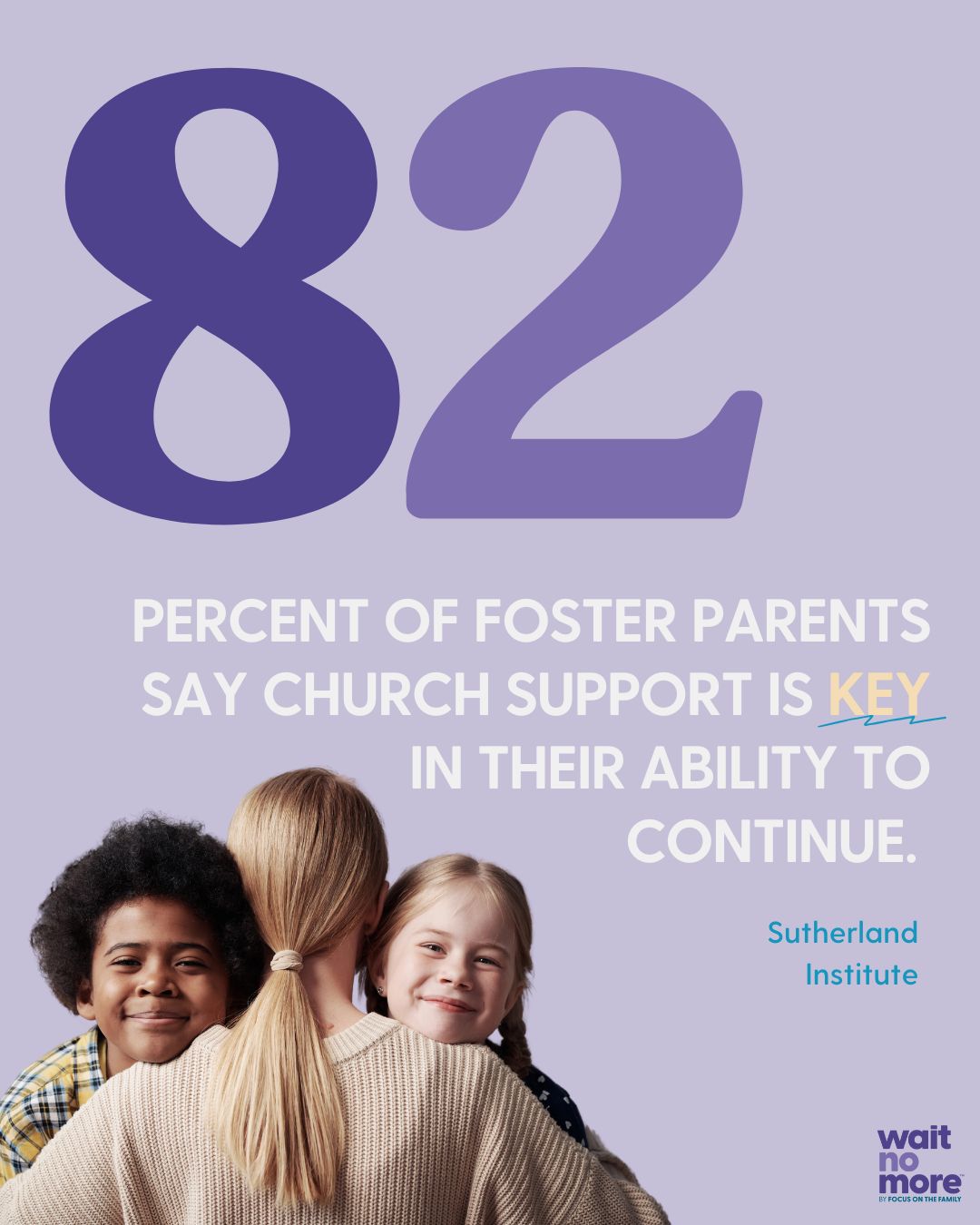
How to Become a Respite Foster Caregiver
If you feel called to step in, the process to become a respite foster caregiver is more doable than many realize.
Requirements vary by state but typically include:
- A basic application
- A home inspection
- Background checks
- Completion of foster care training
You don’t have to be a parenting expert or commit to full-time foster care. You just need a safe home and a heart willing to say yes.
Finding Your “Yes” in Respite Foster Care
Whether you’re a foster parent looking for support, someone wondering how to help, or a church leader ready to get involved, respite foster care is a beautiful place to start.
Here are some reflective steps to keep in mind:
- Pray
- Ask God if He’s leading you to open your home or maybe just your schedule for a few hours a month.
- Learn
- Connect with a local child welfare agency or Christian foster care partner. Ask questions or attend an information night
- Serve
- If respite foster care isn’t your step right now, offer a meal, mow a lawn, or show up in other simple, tangible ways that feel right for you.
It doesn’t take a full-time commitment to make a lasting difference. It takes one yes. One open door. One faithful step.
Respite foster care changes lives, and it might start with yours.
